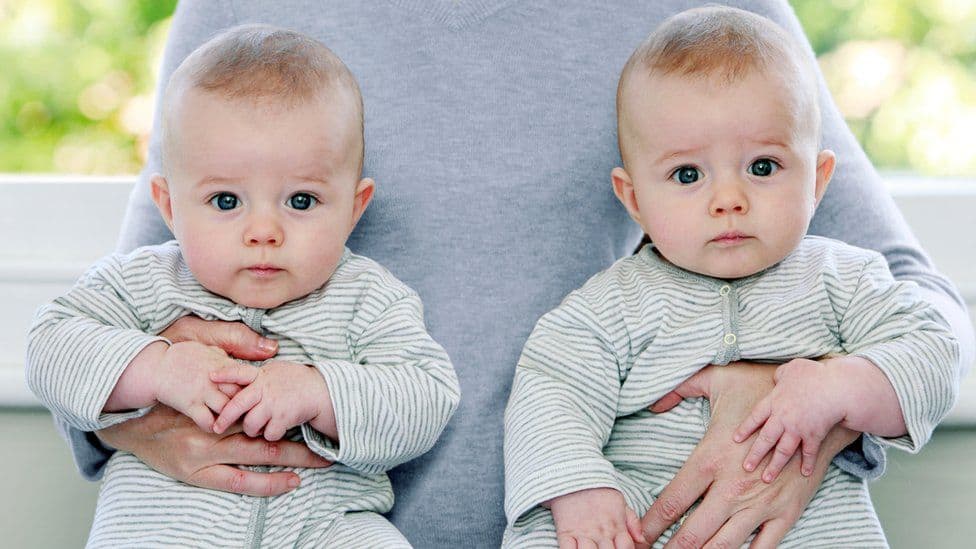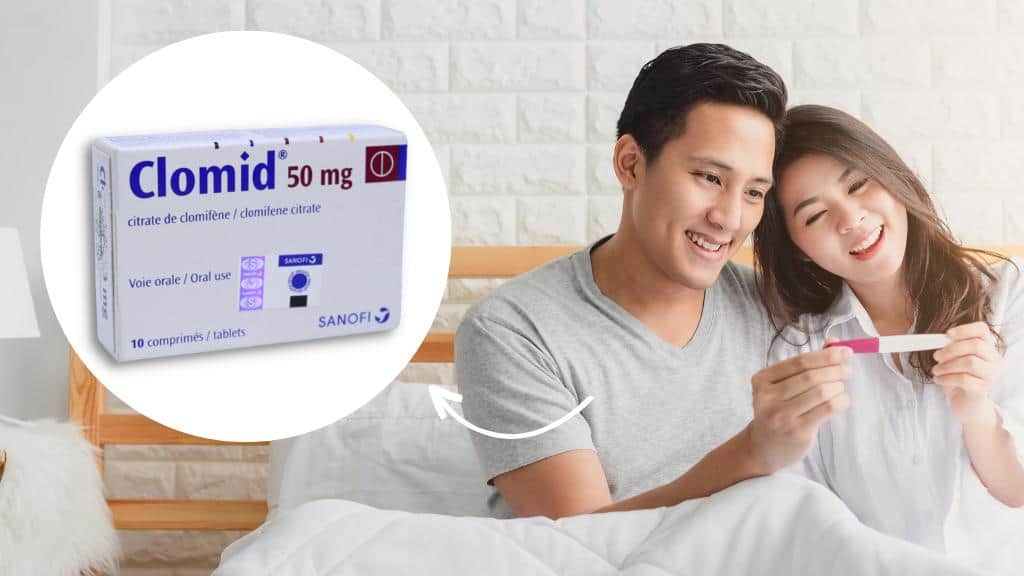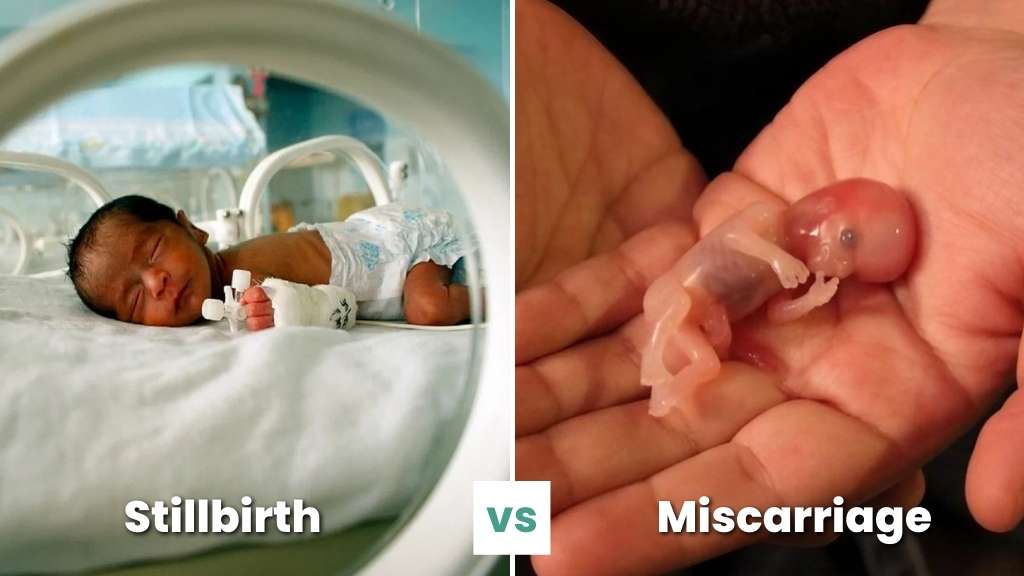Ovulation Calculator: Know Your Most Fertile Day!

Did you know that you can only conceive a few days of each month around ovulation when an egg is released? Well, there’s a bit of science and math involved here. Online ovulation calendars, charts, and calculators are tools that try to predict your ovulation date or your fertile window.
Our online ovulation calculator, just like any of the best ovulation calculators, takes into account your menstrual cycle to determine the ovulation date. It is based on the typical length of your menstrual cycle and the expected window for ovulation to help time sex for getting pregnant.
Menstrual Cycle & Ovulation Calculator: How are They Related?
Your menstrual cycle begins on the first day of your period and continues till the first day of your next period. It is during this time that eggs or ova begin to mature in the ovary. The womb prepares itself by thickening the lining (endometrium). It is also during this time that there’s a change in your cervical mucus. It becomes thinner and clearer to help the sperm reach the released egg. Approximately 10 to 16 days before the start of your next period, an egg is released from one of the ovaries. This process is known as ovulation.
The egg may be fertilized if sperm is present during or within 24 hours of ovulation. If the egg does not implant or is not fertilized, the woman’s body will shed the endometrium and the egg. This shedding causes bleeding ( menstrual period, basically).
But what if the implantation is a success? Then the woman’s body will release the human chorionic gonadotropin (hCG).
When Will I Ovulate?
The typical cycle length is anywhere between 21 and 35 days and it varies from woman to woman. Also, some women have irregular periods. Thus, your fertile window will depend on the length of your cycle and the regularity of your periods.
But you can boost your chances of conceiving by getting your partner’s sperm and your fertile eggs together as often as possible during your fertile window. You can do this only a few days of each month around ovulation when an egg is released. You can use our ovulation calculator which is one of the best ovulation calculators to determine your fertile window.
How to Calculate Ovulation Using an Ovulation Calendar?
Our ovulation calculator estimates your ovulation date by counting back 2 weeks or 14 days from the day of your expected next period. For instance, if your cycle is 28 days long, your next period should start 28 days from the first day of your last period.
Your fertile window includes the day you ovulate and the five days before. But keep in mind that you’re more likely to get pregnant during the last three days of this time frame. However, it is to be noted that counting back 14 days does not always apply as menstrual cycles can vary from woman to woman and month to month (the typical length of a cycle is anywhere between 21 and 35 days). Also, if you have irregular periods, it may become even more difficult to answer how to calculate ovulation because it is tougher to find your fertile window.
What are The Signs of Ovulation?
You might not have noticed them, but your body gives off ovulation symptoms, which serve the same purpose as an ovulation calculator or an ovulation tracker. Here are some symptoms to look out for:
1. Change In Cervical Mucus
The cervix secretes mucus throughout the menstrual cycle. It starts off sticky white and becomes thinner and clearer, gradually as your cycle progresses.
The mucus increases and becomes much thinner, slippery, and stretchy before and during ovulation. It is often comparable to raw egg whites. This thinner mucus helps the sperm swim easily through it. Thin and slippery mucus indicates that you are in your fertile phase. So if you’re trying to conceive, this would be an ideal time.
2. Basal Body Temperature
During your ovulation, your basal body temperature rises about 0.2°C. You can also track your menstrual cycle by taking your temperature each morning when you wake up. But this method is not very effective as it is only an indicator that you’ve ovulated and doesn’t give you much information about when your fertile window starts.
3. Using Ovulation Test Kits
Ovulation predictor kits that are available over the counter are fairly simple to use. They check for luteinizing hormone (LH) in your urine which increases 24-36 hours before ovulation is about to take place. Although a woman can be fertile for a day or so before and after this time, this simple test will help to identify the best two days for conception.
It is recommended to become familiar with your usual menstrual cycle to help figure out when you should start testing. If your cycle is irregular then an ovulation predictor kit can help you identify the time of ovulation, but you’ll be expected to use more of the test strips.
Other symptoms of ovulation include:
- Breast tenderness
- Bloating
- Slight pain or cramps
- Light spotting
- Mood swings
- Increased sex drive
- Heightened sense of smell
Tips For Getting Pregnant
Here are some tips for you to try when you’re trying to get pregnant, apart from using an ovulation calculator to determine the most fertile window:
1. Take Your Prenatal Vitamins
Studies have shown that women taking prenatal vitamins throughout their fertility treatments were twice as likely to get pregnant. This data is in comparison to those who took only folic acid supplements while going through the same treatments.
2. Know Your Ovulation
Once you’ve familiarized yourself with your ovulation by using an accurate ovulation calculator and ovulation symptoms, it’s recommended to time having sex around it. You can start a few days before you ovulate, which in most cases is midway through your cycle. It is considered ideal to have sex on the day of ovulation, but this is difficult to pinpoint.
3. Eat Healthily
Your diet can play a major role when you’re trying to conceive. Incorporating plenty of healthy fats like omega-3s, folate, calcium, protein, iron, and fiber into your daily diet can help your body prepare itself to conceive a baby.
4. Sleep Well
Make sure you get seven to eight solid hours of sleep when you’re trying to conceive. Research has shown that disrupted sleep has been linked to irregular periods, which can hinder fertility. Sleep is also important to keep a lid on stress, which has also been found to hamper baby-making plans.
5. Exercise
When you’re planning on getting pregnant, it isn’t the time to turn into a couch potato. Light to moderate exercise for 30 minutes daily can boost your fertility. Whether you’re hitting the gym, doing home workouts, or lifting weights, try to keep fit.
6. De-stress
Studies have shown that stress may make it harder to get pregnant. Yoga, long walks, jogging, and meditation can help lower stress and improve your overall well-being.
7. Cut Out Harmful Habits
Smoking and drinking alcohol hurt fertility and getting pregnant. It’s also a good idea to stop these while you’re trying to conceive. Also, cut back those cups of coffee to no more than 12-ounce cups a day (200 milligrams a day).
When using an ovulation calculator, look at the information as a suggestion and not a fact. If the calendar says you will likely be ovulating on a particular day, you should consider the week before and after that date as your potentially fertile days.
When to See a Doctor About Ovulation Issues?
Your ovulation is affected if you have a polycystic ovarian disorder (PCOD). In that case, you need to see a doctor to learn more about your cycle of ovulation. Additionally, thyroid issues can have an impact on your ovulation cycle and accelerate the onset of menopause. If you’ve been told you have an overactive or underactive thyroid, see a doctor. You must see a doctor if you notice anything unusual, like a period that is delayed or scheduled by more than a week, excruciating pain, or unusually light or heavy discharge.
How Do You Know That You are Not Ovulating?
It is essential to be aware that regardless of whether you ovulate or not, your uterine lining breaks each month, resulting in your menstrual cycle. The following are symptoms that your body is not producing an egg:
- For the past few periods, heavier or lighter menstrual bleeding
- Irregular periods
- Extremely painful periods
- Sudden changes like weight gain, decreased sex drive, growth of body hair, or development of acne
The Bottom Line on How to Calculate Ovulation
Ovulation should normally last between 12 and 24 hours. After an egg is released from the ovaries, it remains in your body for 12 hours to a day before dying or dissolving until it is fertilized by a sperm. The uterine lining sheds as a result, triggering menstruation 2 weeks later. This does not, however, mean that you can only become pregnant within this 1-day window. It is known that sperm can remain in a woman’s body for up to 5 days. Therefore, you have a chance of becoming pregnant if you engage in unprotected sex during the 6-day window, which includes the day of ovulation and the 5 days before it.
Ovulation Calculator: Know Your Most Fertile Day FAQs
1. What are my fertile days?
2. Can I get pregnant 7 days after my period?
3. How many days after your period do you ovulate?
Sources:
1. Smoke, alcohol and drug addiction and female fertility – PMC
2. The relationship between stress and infertility – PMC
3. Menstrual Cycle Effects on Sleep
4. The Impact of Preconceptional Multiple-Micronutrient Supplementation on Female Fertility – PMC
5. Physiology, Ovulation, And Basal Body Temperature – StatPearls – NCBI Bookshelf
Recent Articles
Best Ovulation Test Kits for 2025! – Accurate, Affordable & Easy to Use
Table of Contents Preparing for a baby is usually a time when parents are excited, await the delivery with great anticipation and do a

9 Best Pregnancy Test Kits to Take in 2025
Looking for the best pregnancy test kits? Our experts have researched and tested the top 10 options available, so you can easily find the right one for you.

How To Get Pregnant With Twins? All Facts About Twin Pregnancies!
In this blog, we will explore some of the key factors that answers ‘how to get pregnant with twins?’ and discuss natural methods of conceiving twins.

Tips for Getting Pregnant on Clomid
Are you Looking for crucial advice on using Clomid to get pregnant? Check out our Tips for getting pregnant on Clomid and clomid cycles.

Can You Eat Crab While Pregnant? A Comprehensive Guide to Safe Seafood Consumption
Table of Contents Introduction Pregnancy is a special time in a woman’s life, and it comes with various dietary considerations. One question that often

Stillbirth vs Miscarriage: Know The Differences
Table of Contents Stillbirth vs miscarriage are both heartbreaking events related to pregnancy loss, but they have important differences. A miscarriage happens when a



